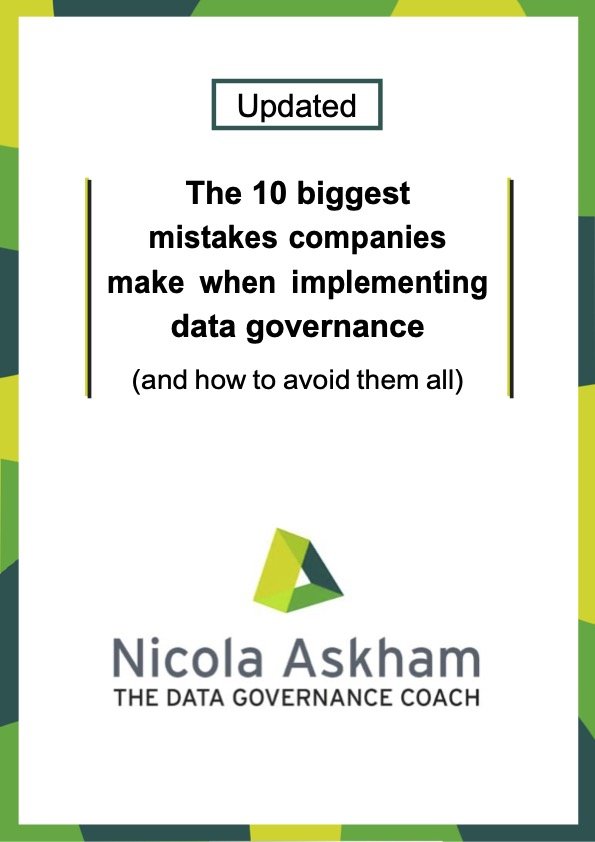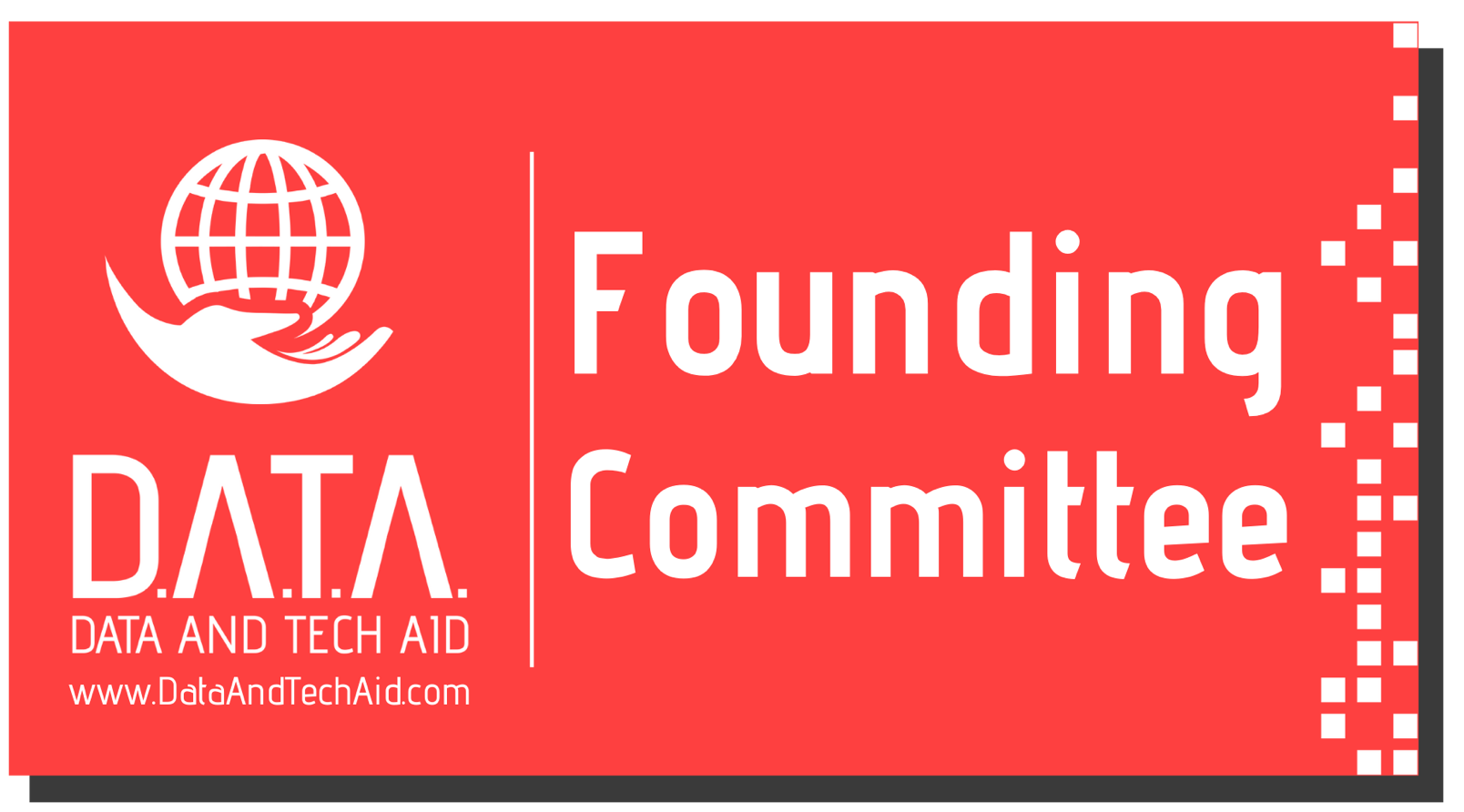The Rocky Horror Data Show: AI
/Data shouldn’t be a wild and untamed thing, but sometimes it is just that - wild… and untamed. And unfortunately for our friend Tim, he’s about to find out just how wild and untamed data can be. As this is ‘The Rocky Data Horror Show’… where the data is not what it seems.
Things at the Magical Wish Factory have been ticking along nicely since we last checked in with our Data Governance heroes, Janet and Tim – they’ve built and are in the process of implementing a Data Governance framework that’s had great senior stakeholder buy-in and things seem to be going well.
But, as with all things at the Magical Wish Factory, it’s not long before someone comes along to upset the apple cart – it wouldn’t be a Horror Data Show if not, eh?
Just when Tim thinks he’s finally got a handle on all the data the MWF produces, he’s called into a meeting with the board who drop a bombshell… they want to use AI to speed up the processing and granting of wishes!
Tim isn’t surprised the higher-ups are pushing for this move – trying to run before they could walk was what got the Magical Wish Factory into the data disaster that Tim has spent most of his time here untangling… there’s also a huge buzz around the technology just now but, is it right for every organisation? And more specifically is it right for the MWF? Tim doesn’t think so. In fact, he can see some major red flags – not least of all, the fact that although Data Governance is in full swing, it’s not yet quite established enough to be introducing such new technologies into the mix.
Tim tries to explain: “It’s no surprise that there's a rush of companies trying to adopt this technology Janet, but there’s only so much resource to go around, and that means that for some, the question of what should come first, AI or Data Governance, can be a little like the chicken and egg debate…”
Head of IT Janet picks up: “Artificial intelligence works by mimicking human processes by ingesting large amounts of ‘training’ data and analysing it for correlations and patterns and using these patterns to make predictions about future states.
“For example, a chatbot - the kind you may encounter on an online retailer’s website or in place of technical support - is fed examples of text chats and can learn to produce lifelike exchanges with people and provide help and assistance, or an image recognition tool can learn to identify and describe objects in images by reviewing millions of examples.
“All AI starts out as a program or algorithm written and taught by a highly skilled programmer. The learning aspect of AI programming focuses on acquiring data and creating rules for how the AI will turn the data into actionable information. These rules, which are called algorithms, provide computing devices with step-by-step instructions for how to complete a specific task.”
The reasoning aspect of AI programming focuses on choosing the right algorithm to reach your desired outcome and the self-correction process is designed to continually fine-tune algorithms and ensure they provide the most accurate results possible.
So, as a consequence, if you've got missing or inaccurate data, your wrong and potentially inaccurate data can and will guide these exciting technologies that your organisation has spent a fortune on in the wrong direction and so they will make the wrong decisions and the consequences could be costly and maybe even disastrous.
That all means one thing: AI needs the right data in order to learn. And when you’re halfway through a Data Governance initiative that is really not the right time to be introducing AI – the data simply isn’t ready for it.
For the Magical Wish Factory, that means the correct wishes may not get granted if AI decides the wrong criteria against which to assess them and some people may get wishes they do not deserve or more than their quota.
So, what will the senior stakeholders at the Magical Wish Factory decide to do…
Stay tuned for episode seven of The Data Governance Coach’s series ‘The Rocky Horror Data Show’ and follow the adventures of Tim and Janet as they try to implement a successful data governance initiative at the Magical Wish Factory.









